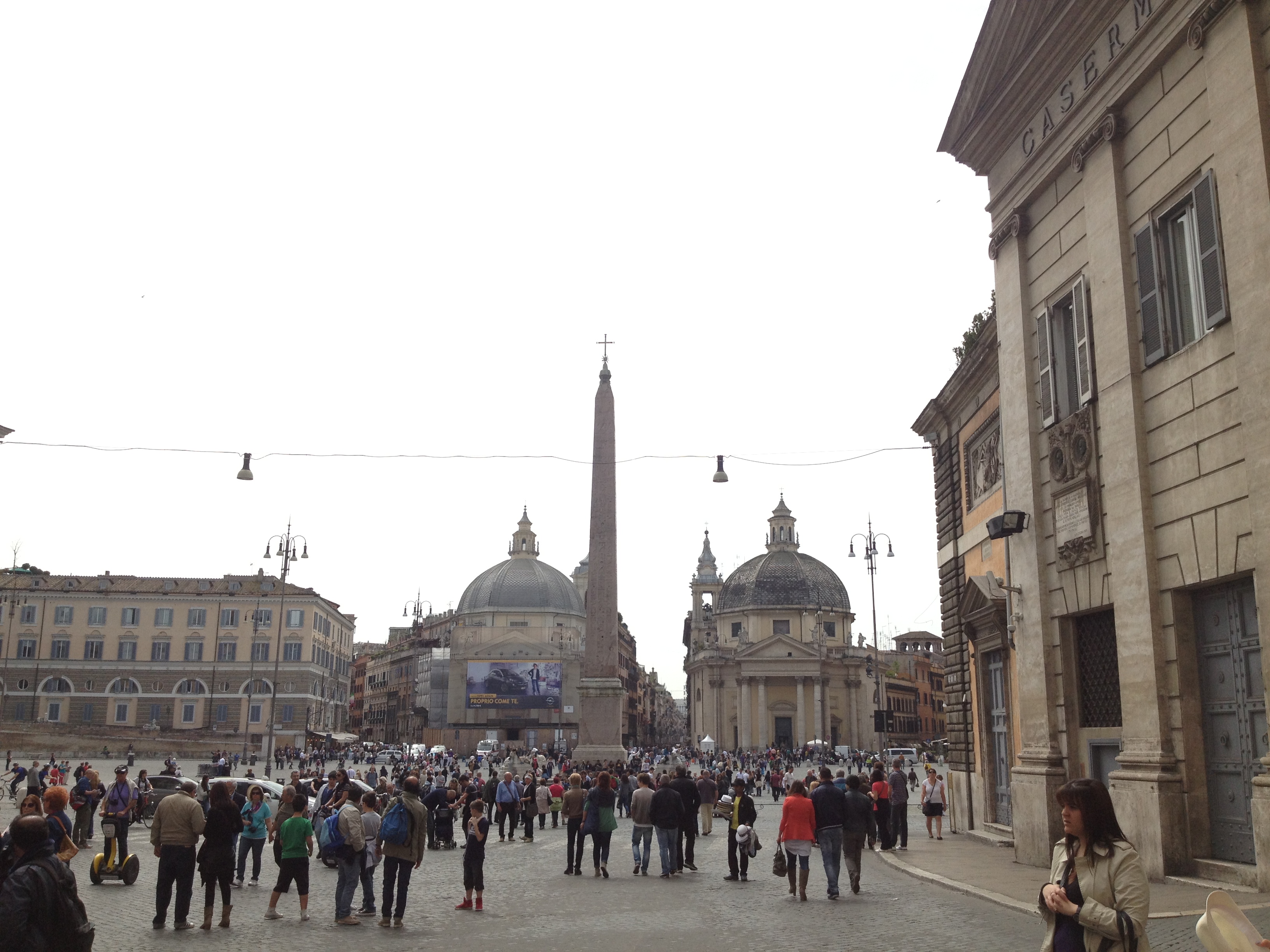Working at the Brooks has its obvious benefits: working in beautiful and historic Overton park, wearing jeans twice a week, working with fun and creative co-workers — but who are these people, really? Well, now we can find out in our amazing new staff interview highlight! Find out their likes, dislikes and how they got to where they are today!
Our premiere interview is with Kathy Dumlao Associate Curator of Education. She is the first person I thought of to interview because I knew that she used to be me at the museum! Yes, she was an on-call admissions coordinator. Ok, I don’t want to spoil the rest, so enjoy!
What is your job at the Brooks and what does it entail?
I am the Associate Curator of Education, and I coordinate the museum’s family programs (family days, Creation Station, Wacky Wednesdays, and the Light Festival) and several school and after school programs, including Visual Thinking Strategies, the Mid-South Scholastic Art Awards, and the Community Mural Program. I get to do a lot of other fun things too though, like working with our fabulous corps of docents, and I’m planning a summer film camp for June that will culminate in a great kids’ film festival.
What was your first job at the Brooks?
I started working at the Brooks in the summer of 1999 at the admissions desk while I was still in graduate school. I was so excited to get a chance to work in a museum! I completed an internship after I finished college at the gallery on campus (at Radford University in Virginia) and knew that museum work was what I was interested in pursuing. So getting my foot in the door while I was still working on my MA was a great opportunity for me.
What is your favorite piece of art and why?
It is nearly impossible for me to name a favorite work of art! But if I had to pick only one from the Brooks collection, it would probably be “Pastoral Scene” by Jules Dupre. I have loved that painting since I started working at Brooks, and I never get tired of looking at it. I love it for the richness of the color in the trees and the sky, and all the amazing texture. But I also love it for the sense of quiet – the men and the animals are resting – but also the intensity and energy of the sky as it looks like a storm is coming, or maybe it just passed.

Jules Dupre French, 1811-1889 PASTORAL SCENE, 1870 Oil on canvas Gift of Mr. and Mrs. Morrie A. Moss 59.29
What has been your favorite exhibit and why?
I really liked “Almost Warm and Fuzzy” a great contemporary art exhibition that we had a number of years ago. It was a great exhibition for kids, but also for adults. There was a large ship by Joseph Schneider draped in fabric in the biggest gallery on the lower level that filled the room with color and pattern and texture. And there was a large piece by Sandy Skoglund (who is one of my favorite artists) that was covered in jelly beans and butterflies. There were interactive pieces that kids and adults could play with and there were pieces that evoked people’s imaginations.
What is your favorite part about working at the Brooks?
I love the people who I get to work with. Between the fantastic staff at the museum, our amazing volunteers (especially the docents), and the visitors that participate in our tours and programs, I feel fortunate to be able to come to work every day. And of course being surrounded by centuries of amazing art isn’t too bad either.
If you could travel cost free anywhere for one week, where would you go?
Hands down, Greece!
If you could meet any artist, dead or alive, who would it be and why?
Vincent van Gogh is the first artist that comes to mind because I absolutely love his work and he has such a colorful story. I would love to follow him on one of his trips to paint in the fields or listen to the conversations he had while he painted someone’s portrait.
If you could be good at any subject, what would it be and why?
I always struggled with math in school and it’s so important! It’s just something that I wish came a little easier to me.
If you could have a super power, what would it be and why?
I’m not sure you’d consider it a super power, but I’d love to be like Samantha in the old TV series, “Bewitched.” How great would it be to wiggle your nose and your house would be clean! Or to snap your fingers and be in the Bahamas!
























